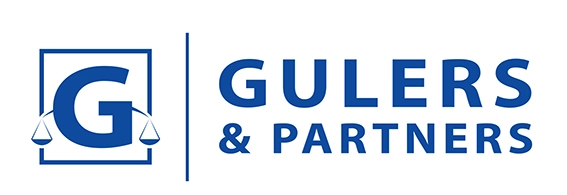The Impact of Artificial Intelligence on Trademark Law
The impact of the spread of artificial intelligence (“AI”) technologies can be seen in many areas of law, including trademark law. The rapid development of AI technologies has given rise to the need to re-evaluate some of the basic practices and concepts of trademark law.
The first aspect of these developments is the use of AI in trademark application, registration and other related administrative procedures. As can be seen from the Index[1] published by the World Intellectual Property Office ("WIPO"), patent offices around the world are using these technologies to improve efficiency and accuracy of transactions and their productivity. Examples of the use of AI in trademark application and registration processes include performing comparative similarity assessments, scanning the database to detect prior dated similar trademarks for trademark clearance purposes and automating some of the procedures of the Office.
Similarly, AI algorithms are being to detect and monitor trademark infringement and unauthorized use, particularly on online platforms.
Another aspect is the consideration of AI technologies in relation to the general principles of current trademark law. One of the fundamental functions of a trademark is to determine the source of goods and services in the eyes of consumers and to differentiate one business enterprise from another, where the average consumer, defined as "a consumer who is reasonably well-informed and reasonably observant and circumspect"[2], is taken into account in the relevant assessment. Considering the speed with which consumers shop today, this fictitious “average consumer” has little to no time or opportunity to compare goods/services side by side and it is assumed that the consumer acts on the memory of an image or perception. It is upon this assumption of imperfect recollection in human beings that an assessment of similarity or likelihood of confusion and infringement is conducted.
However, with the rise of AI technologies, the structure of how we traditionally shop has also changed; AI assistants, search engines, chat bots and online marketplaces have begun to play a significant role in consumers' purchasing preferences.[3] In this context, we have started to encounter situations where, either these preferences are determined according to the results presented by AI, or the shopping action itself is directly and automatically carried out by AI itself, with the consumer's voice commands or perhaps even without any command at all.
These developments are transforming shopping processes from making purchase decisions based on physically encountering the products on shelves and the emotional, cultural, social and other similar type of bonds between the brand and the consumer, to a process where the choices are guided directly by AI. In some cases, the shopping itself is directly carried out by AI. Faced with this context, the necessity arises to reconsider concepts developed in trademark law, such as the "average consumer" and the “likelihood of confusion”, shaped according to the imperfect recollection of a human being.[4]
Another issue is that, in case of trademark infringement situations that may occur through the use of these technologies, it is not yet clear who should be held responsible and how.
Although there is no case law on the above-mentioned points under discussion, in the decision of "Cosmetic Warriors and Lush v Amazon.co.uk and Amazon EU”,[5] it was considered as trademark infringement when, on Amazon's website, a search for the word "Lush" related to cosmetic products resulted in similar items being presented to users in a manner that could lead to confusion, even though these products were not sold on the site. In this context, it is evident that the level of involvement of AI in relevant purchasing processes and their contribution to direct the consumer preferences will be crucial in determining their responsibility on a case-by-case basis.
In light of the above, it is of great importance for trademark owners to closely monitor the opportunities that this increasingly prevalent technology can offer while determining their commercial strategies and taking preventive measures to avoid situations that may lead to infringement.
[1] https://www.wipo.int/about-ip/en/artificial_intelligence/search.jsp
[2] Turkish Trademark Law, Çolak Uğur, Oniki Levha Publications, 4th Edition, p.238
[3] WIPO Conversation on IP and AI, Second Session, Revised Issues Paper on IP Policy and AI, p.12.
[4] Kalyan Revalla, Intelligent Trademarks, p.16
[5] Cosmetic Warriors and Lush v Amazon.co.uk and Amazon EU [2014] EWHC 181 (Ch)




















































 Successful
Successful